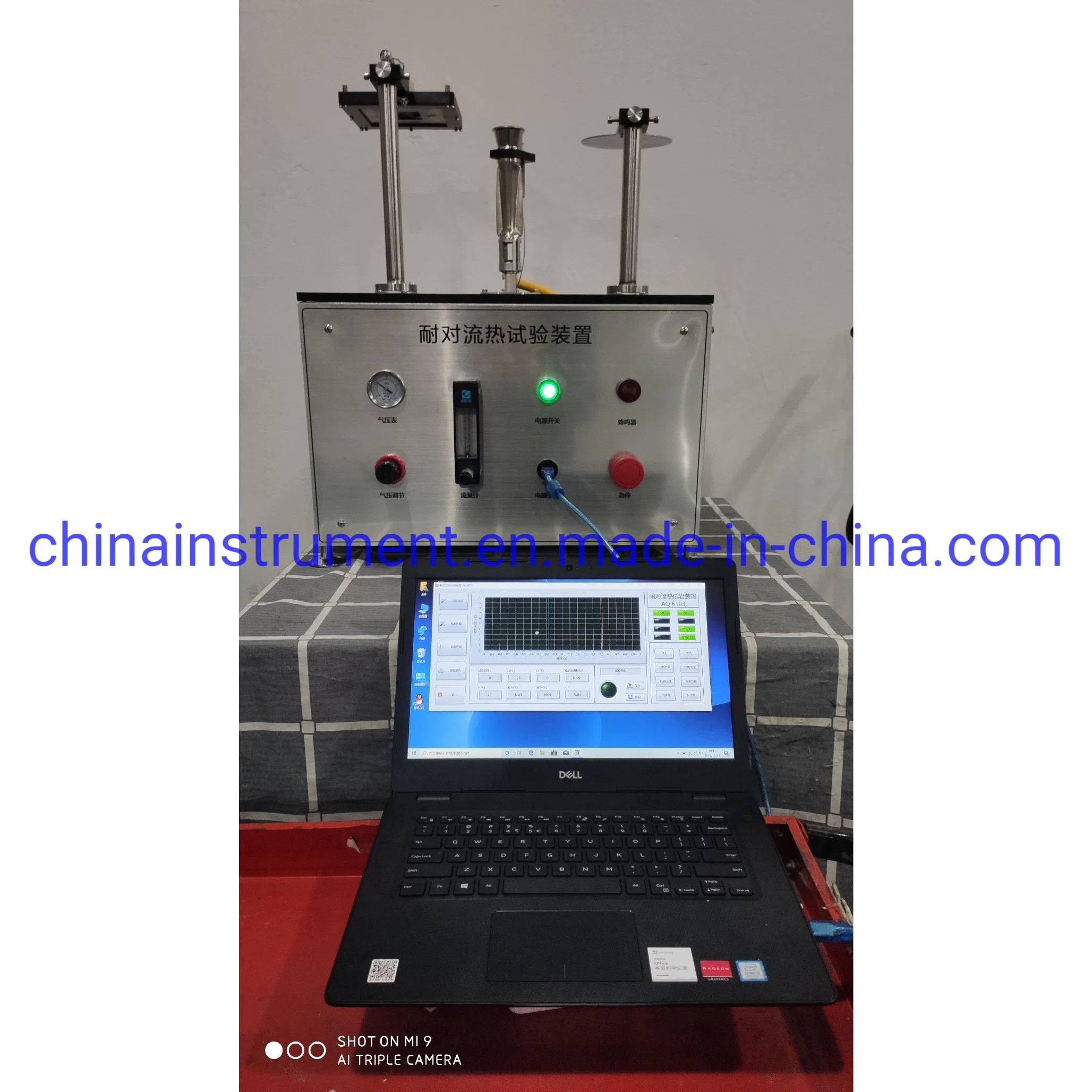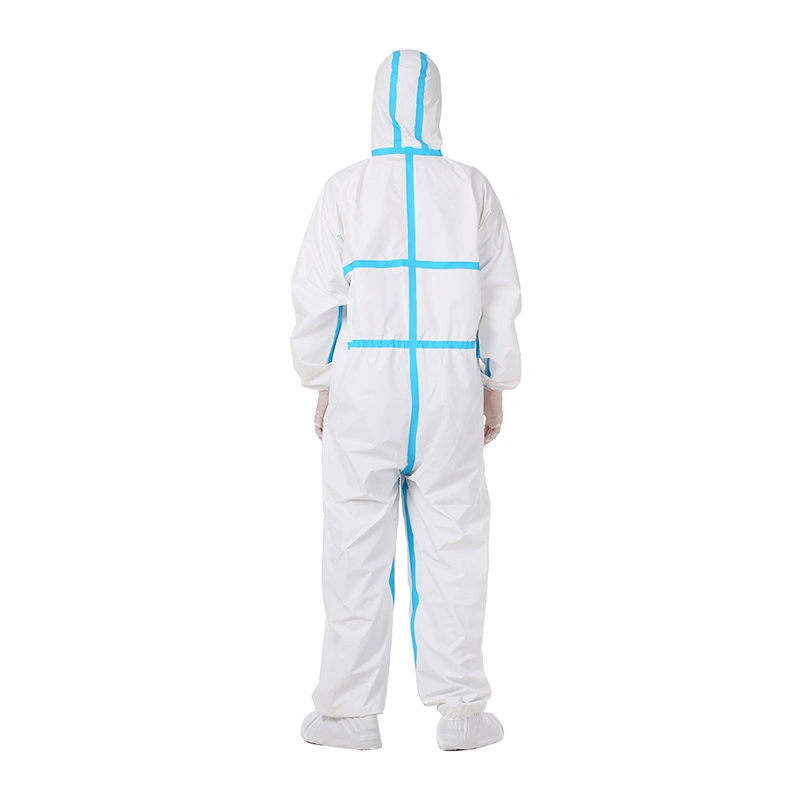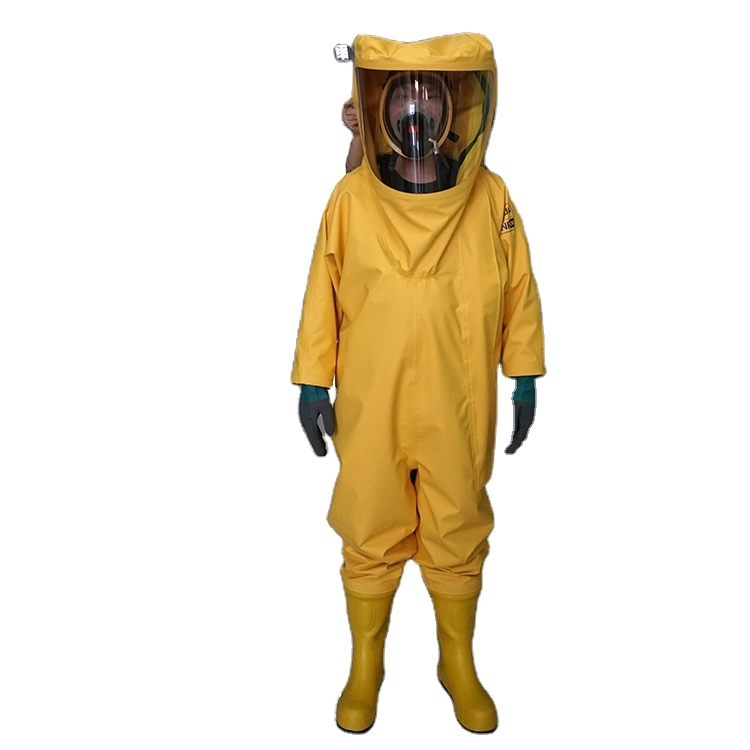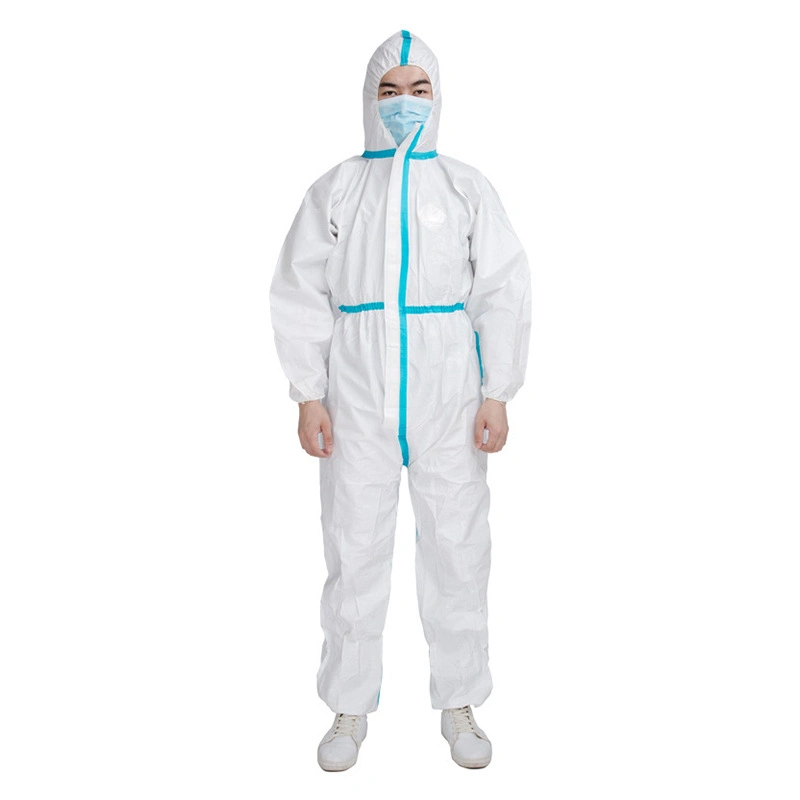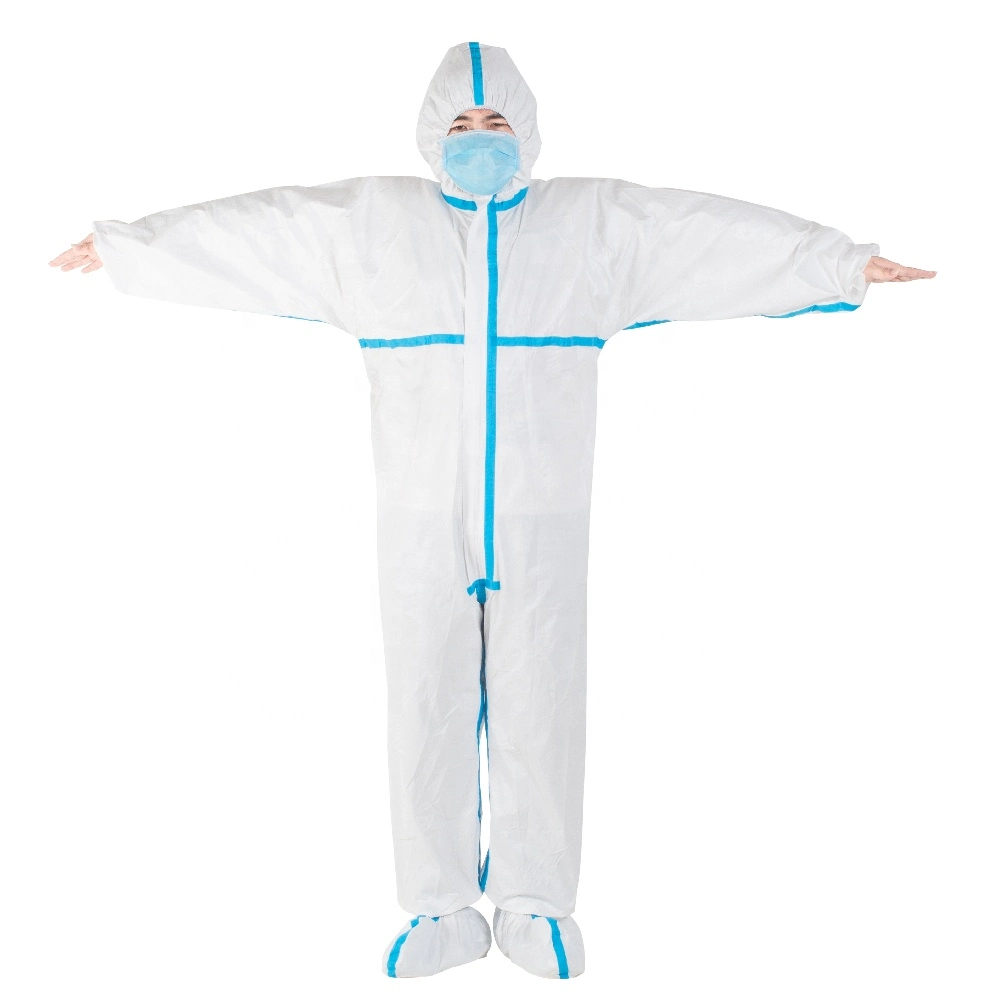According to the study, the main reasons employees don’t wear PPE are that they don’t want to, they think it's unnecessary and it makes work harder.
Over eight in 10 respondents said they struggle "often" with getting employees to use PPE, a new study from J.J. Keller Center for Market Insights shows. In total, 83 percent of respondents have issues with workers following PPE protocol “often,” while 8 percent” said it happens “sometimes.”
PPE is required in numerous industries and occupations to keep employees safe from hazards. PPE can mean the difference between no injury and a cut, burn or amputation. So why do many employees struggle with using PPE? Are there other factors at play?
The recent study from J.J. Keller Center for Market Insights, “2022 PPE Pain Points Study,” highlights PPE challenges from respondents in multiple industries, including transportation, manufacturing, construction and utilities.
The leading reason employees don't wear PPE is because they “just [don't] want to wear it,” the report said, with 72 percent reporting this as a cause. Half said they think the PPE isn’t necessary, and the same number also said the PPE makes their job harder.
Other reason employees don’t wear PPE, according to those surveyed, include not knowing they had to (21 percent) and not having PPE that fits (14 percent).
When it comes to PPE, one size does not fit all. In recent years, manufacturing companies have developed PPE to fit the needs of more workers. Earlier this year, the National Institute for Occupational Safety & Health (NIOSH) teamed with HeroX to hold a challenge focused on improving protective gear. There are strides being made in PPE design and manufacturing, but employees are still struggling to find the right size for them.
In case you missed it, OSHA recently initiated an enforcement program to identify employers who fail to electronically submit Form 300A recordkeeping data to the agency. When it comes to OSHA recordkeeping, there are always questions regarding the requirements and ins and outs. This guide is here to help! We’ll explain reporting, recording, and online reporting requirements in detail.
If your organization has experienced an incident resulting in a fatality, injury, illness, environmental exposure, property damage, or even a quality issue, it’s important to perform an incident investigation to determine how this happened and learn what you can do to prevent similar incidents from happening in the future. In this guide, we’ll walk you through the steps of performing an incident investigation.
Lone workers exist in every industry and include individuals such as contractors, self-employed people, and those who work off-site or outside normal hours. These employees are at increased risk for unaddressed workplace accidents or emergencies, inadequate rest and breaks, physical violence, and more. To learn more about lone worker risks and solutions, download this informative guide.
This guide includes details on how to conduct a thorough Job Hazard Analysis, and it's based directly on an OSHA publication for conducting JHAs. Download the guide to learn how to identify potential hazards associated with each task of a job and set controls to mitigate hazard risks.
Without a proper incident investigation, it becomes difficult to take preventative measures and implement corrective actions. Watch this on-demand webinar for a step-by-step process of a basic incident investigation, how to document your incident investigation findings and analyze incident data, and more.
14901 Quorum Drive, Suite 425 Dallas, TX 75254 (972) 687-6700

